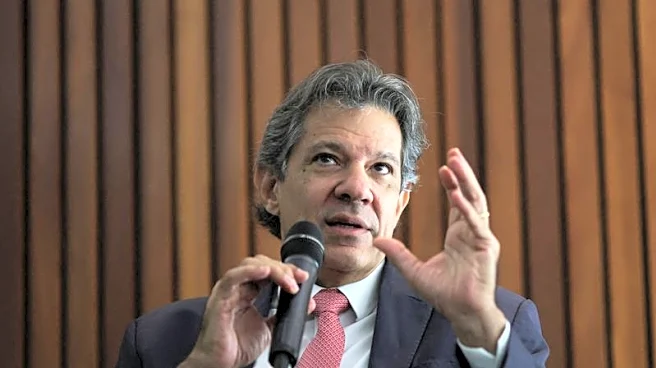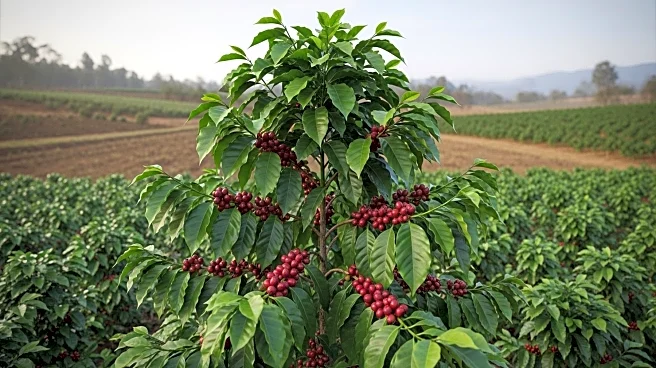What is the story about?
Christ the Redeemer stands as a monumental symbol of Christianity and cultural heritage in Rio de Janeiro, Brazil. This iconic statue, towering over the city from the peak of Corcovado mountain, was completed in 1931 and has since become a global emblem of peace and faith. Its creation involved the collaboration of French-Polish sculptor Paul Landowski and Brazilian engineer Heitor da Silva Costa, with the face sculpted by Romanian artist Gheorghe Leonida. The statue's enduring presence continues to inspire millions of visitors each year.
Scope of Legacy
Christ the Redeemer's legacy extends beyond its religious significance, serving as a cultural icon for both Rio de Janeiro and Brazil. The statue's Art Deco style and its location atop Corcovado mountain make it a unique architectural and artistic achievement. It was voted one of the New 7 Wonders of the World, highlighting its global recognition and importance.Pivotal Contributions
The statue's construction was a monumental effort that involved international collaboration. French sculptor Paul Landowski designed the statue, while Brazilian engineer Heitor da Silva Costa oversaw its construction. The use of reinforced concrete and soapstone was innovative for its time, ensuring the statue's durability against the elements.Enduring Influence
Christ the Redeemer has influenced countless artists and architects worldwide. Its image is often used in media and advertising, symbolizing peace and unity. The statue's open arms have become a universal symbol of welcome and acceptance, resonating with people of all faiths and backgrounds.U.S. Relevance
For U.S. audiences, Christ the Redeemer represents a significant cultural and religious landmark. It is a popular destination for American tourists visiting Brazil, and its image is frequently used in American media to represent Brazil and South America. The statue's message of peace and unity aligns with values cherished by many in the United States.AI Generated Content
Do you find this article useful?
















